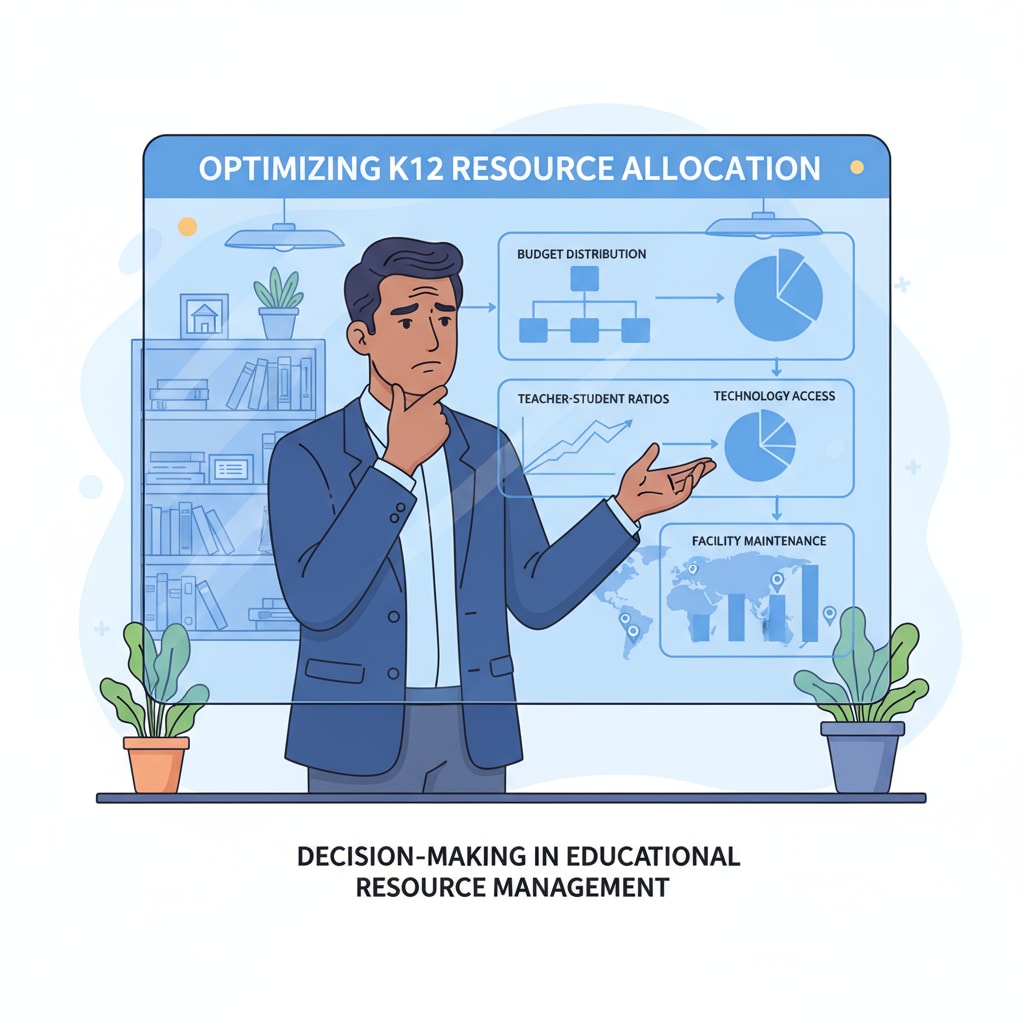In the realm of educational management, K12 education administrators often find themselves grappling with ethical dilemmas that require sound leadership decisions. These situations can be complex and far – reaching, affecting not only the administrators themselves but also the students, teachers, and the entire educational community.

As the educational landscape continues to evolve, understanding and addressing these ethical challenges is crucial.
The Landscape of Ethical Dilemmas in K12 Education Management
One of the most common ethical dilemmas in K12 education management is the issue of resource allocation. Administrators often have to decide how to distribute limited funds, teaching materials, and staff among different schools or classrooms. For example, should they prioritize schools in disadvantaged areas or allocate resources based on academic performance? According to Britannica’s education system overview, this decision can significantly impact the quality of education students receive. Another dilemma is related to student discipline. When dealing with misbehavior, administrators must balance the need for a safe learning environment with the rights and well – being of the students.

The Root Causes of Ethical Dilemmas
The causes of these ethical dilemmas are multi – faceted. Firstly, the changing educational policies and standards can create confusion. New regulations may require administrators to make hasty decisions without fully understanding the implications. Additionally, the pressure to improve academic outcomes can lead to unethical behavior. For instance, some may be tempted to inflate test scores to meet performance targets. Social and cultural factors also play a role. Different communities may have diverse views on what constitutes appropriate education, which can put administrators in a difficult position when trying to implement certain policies.
The impacts of these ethical dilemmas are significant. They can erode trust within the educational community, including among students, parents, and teachers. A mismanaged ethical situation can also lead to legal issues, damaging the reputation of the school and the administrator. Moreover, it can have a negative impact on student learning and development, as a lack of clear ethical guidance can create a chaotic learning environment.
Decision – Making Frameworks for Resolving Ethical Dilemmas
To navigate these ethical dilemmas, administrators can adopt several decision – making frameworks. One approach is the utilitarian framework, which focuses on maximizing the overall good. In the context of K12 education, this could mean making decisions that benefit the majority of students. Another framework is the deontological approach, which emphasizes following moral rules and principles. For example, always being honest and transparent in communication. According to Wikipedia’s entry on ethical decision – making, a combination of these frameworks can be used to make more informed and ethical leadership decisions.
Administrators should also seek input from various stakeholders. Teachers, parents, and students can provide valuable perspectives that can help in making a more balanced decision. Additionally, continuous professional development in ethics can enhance the administrator’s ability to recognize and resolve ethical dilemmas.
In conclusion, K12 education administrators are constantly faced with ethical dilemmas in the course of their educational management duties. By understanding the causes and impacts of these dilemmas and adopting appropriate decision – making frameworks, they can make leadership decisions that uphold the core values of education and create a positive learning environment for all.
Readability guidance: This article uses short paragraphs and lists to summarize key points. Each H2 section provides a clear list of related ideas. The proportion of passive voice and long sentences is controlled, and transition words are scattered throughout the text to enhance readability.


